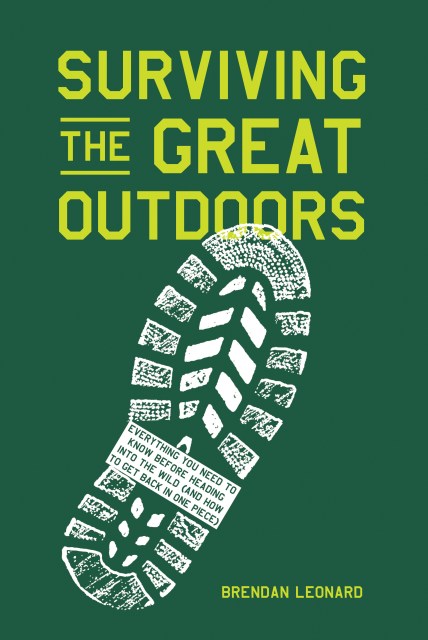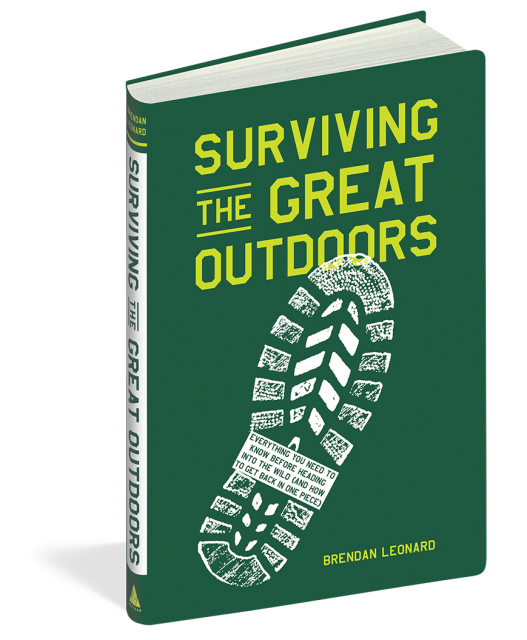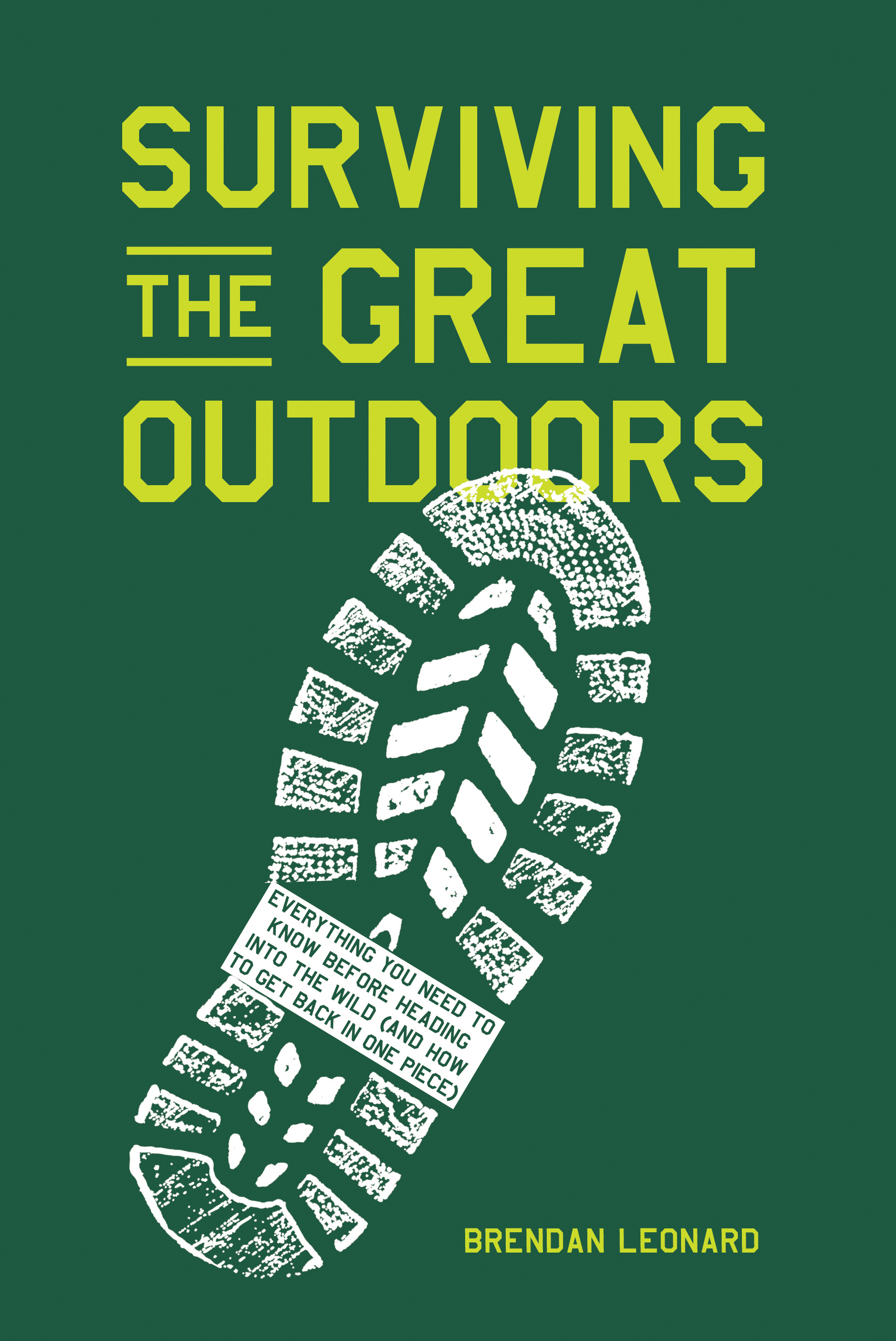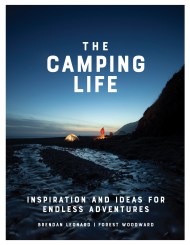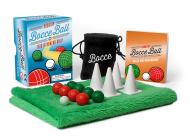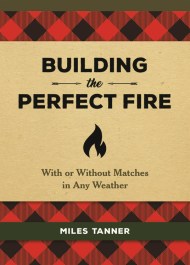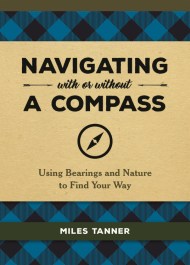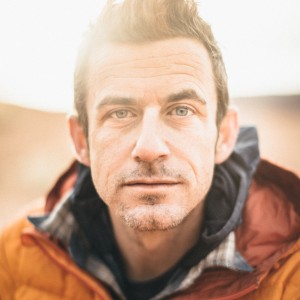Promotion
Use code MOM24 for 20% off site wide + free shipping over $45
Surviving the Great Outdoors
Everything You Need to Know Before Heading into the Wild (and How to Get Back in One Piece)
Contributors
Formats and Prices
Price
$24.95Price
$33.95 CADFormat
Format:
- Hardcover $24.95 $33.95 CAD
- ebook $12.99 $16.99 CAD
This item is a preorder. Your payment method will be charged immediately, and the product is expected to ship on or around October 29, 2019. This date is subject to change due to shipping delays beyond our control.
Also available from:
“Leonard’s durable tome (seriously, the cover is rubber) is stuffed with so many tips about surviving in the wild, you’ll be able to leave your smartphone behind.”
—Entertainment Weekly, Best New Books
This easy introduction to outdoor life will ensure that even a novice won’t get lost in the woods while finding an activity he loves to do in the great outdoors–whether it’s hiking a 14er or camping on ice. With 400 strategies for engaging in the outdoors, and expert tips and tricks, Surviving the Great Outdoors makes Mother Nature easier to understand than ever before. Brendan Leonard, writer, filmmaker, and outdoor adventurer, shows the reader how rewarding it can be to live life away from the computer and get outside. From mountain climbing, to skiing, sledding, and sailing, Leonard shows that you don’t need to be a risk taker to enjoy the outdoors. And if the reader does find himself at the point of man vs. nature, Leonard shares survival skills from how to bandage a wound and read a topographical map, to how to drive on sand and remove a tick from your skin—all organized thematically and written in short takeaway entries with helpful line drawings. Bound in a uniquely rugged (and waterproof!) PVC cover material, Surviving the Great Outdoors is a friendly way into the outdoor lifestyle, whether you're looking to dabble or go all in.
—Entertainment Weekly, Best New Books
This easy introduction to outdoor life will ensure that even a novice won’t get lost in the woods while finding an activity he loves to do in the great outdoors–whether it’s hiking a 14er or camping on ice. With 400 strategies for engaging in the outdoors, and expert tips and tricks, Surviving the Great Outdoors makes Mother Nature easier to understand than ever before. Brendan Leonard, writer, filmmaker, and outdoor adventurer, shows the reader how rewarding it can be to live life away from the computer and get outside. From mountain climbing, to skiing, sledding, and sailing, Leonard shows that you don’t need to be a risk taker to enjoy the outdoors. And if the reader does find himself at the point of man vs. nature, Leonard shares survival skills from how to bandage a wound and read a topographical map, to how to drive on sand and remove a tick from your skin—all organized thematically and written in short takeaway entries with helpful line drawings. Bound in a uniquely rugged (and waterproof!) PVC cover material, Surviving the Great Outdoors is a friendly way into the outdoor lifestyle, whether you're looking to dabble or go all in.
Genre:
-
“Leonard’s durable tome (seriously, the cover is rubber) is stuffed with so many tips about surviving in the wild, you’ll be able to leave your smartphone behind.”
—Entertainment Weekly, Best New Books
“Essential knowledge for planning rustic adventures. . . . Encyclopedic.”
—5280 magazine
“Tips for surviving, thriving in, and enjoying the wilderness beyond urban dwellers’ backyards. With diagrams, lists, and questions answered . . . even the most uninitiated will feel ready to tackle the (truly) great outdoors.”
—Booklist
“Highly giftable.”
—New York magazine
“How much embarrassment I would have been spared had I owned this book when I first started going on adventures. I'm putting it in my glove compartment to prevent future calamity.”
—Jonah Ogles, Outside magazine
“The pragmatic and useful advice is from real experience, and cuts through the myth and confusion created by marketers and our well-intentioned friends and family. The Great Outdoors is worthy of your shelf space—even if your home has limited space, i.e., a camper van.”
—Mitsu Iwasaki, executive director, Northwest Outward Bound School
“Most guide books are specific to an area or already assume a certain level of ‘radness’ for the potential reader. Surviving the Great Outdoors highlights that being rad is up to the individual to decide and it can be just as great to camp in the backyard—and he’ll tell you how—as it is to explore mountains from New Hampshire to the Himalayas.”
—Stacy Bare, director, Sierra Club Outdoors
- On Sale
- Oct 29, 2019
- Page Count
- 320 pages
- Publisher
- Artisan
- ISBN-13
- 9781579659653
Newsletter Signup
By clicking ‘Sign Up,’ I acknowledge that I have read and agree to Hachette Book Group’s Privacy Policy and Terms of Use
